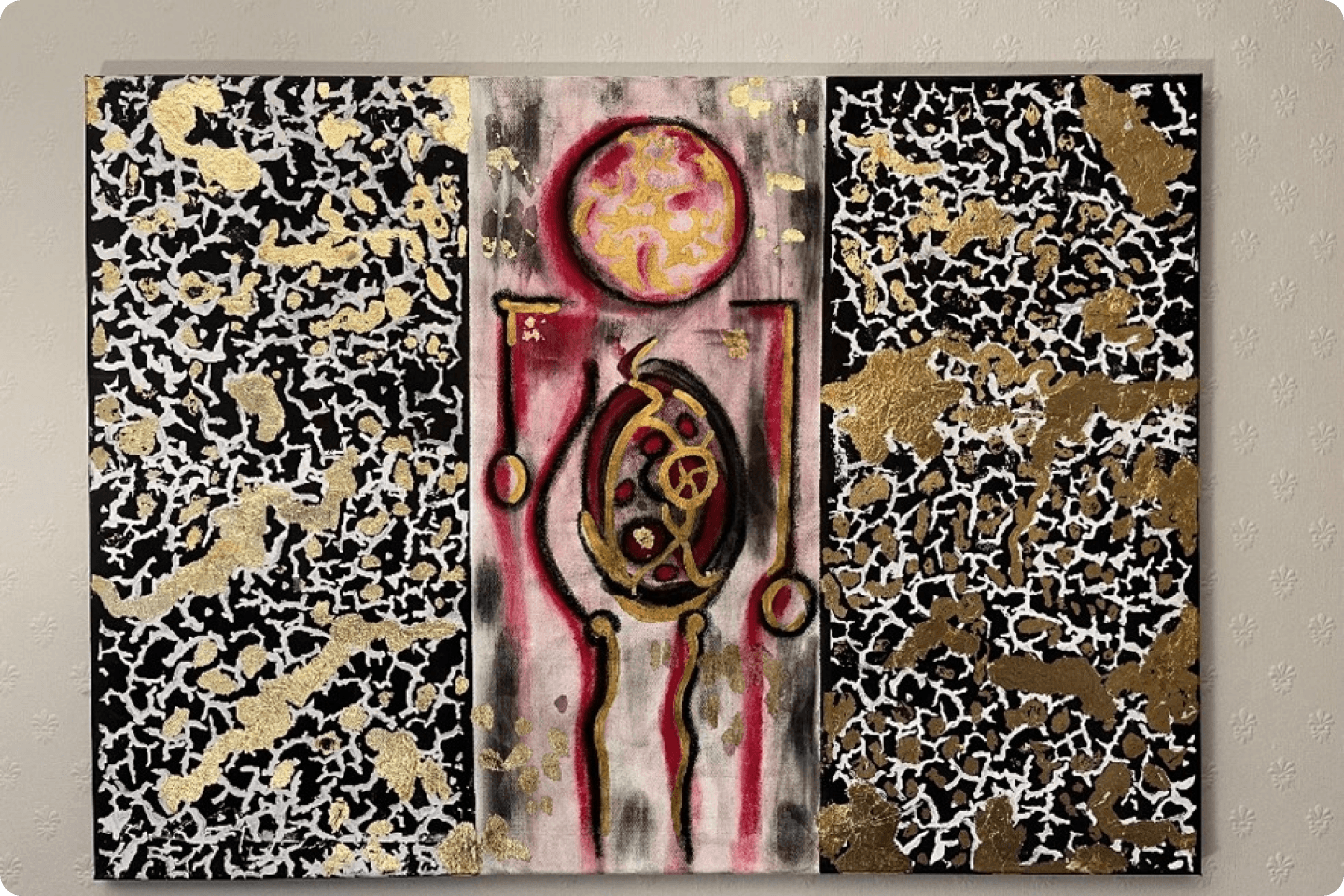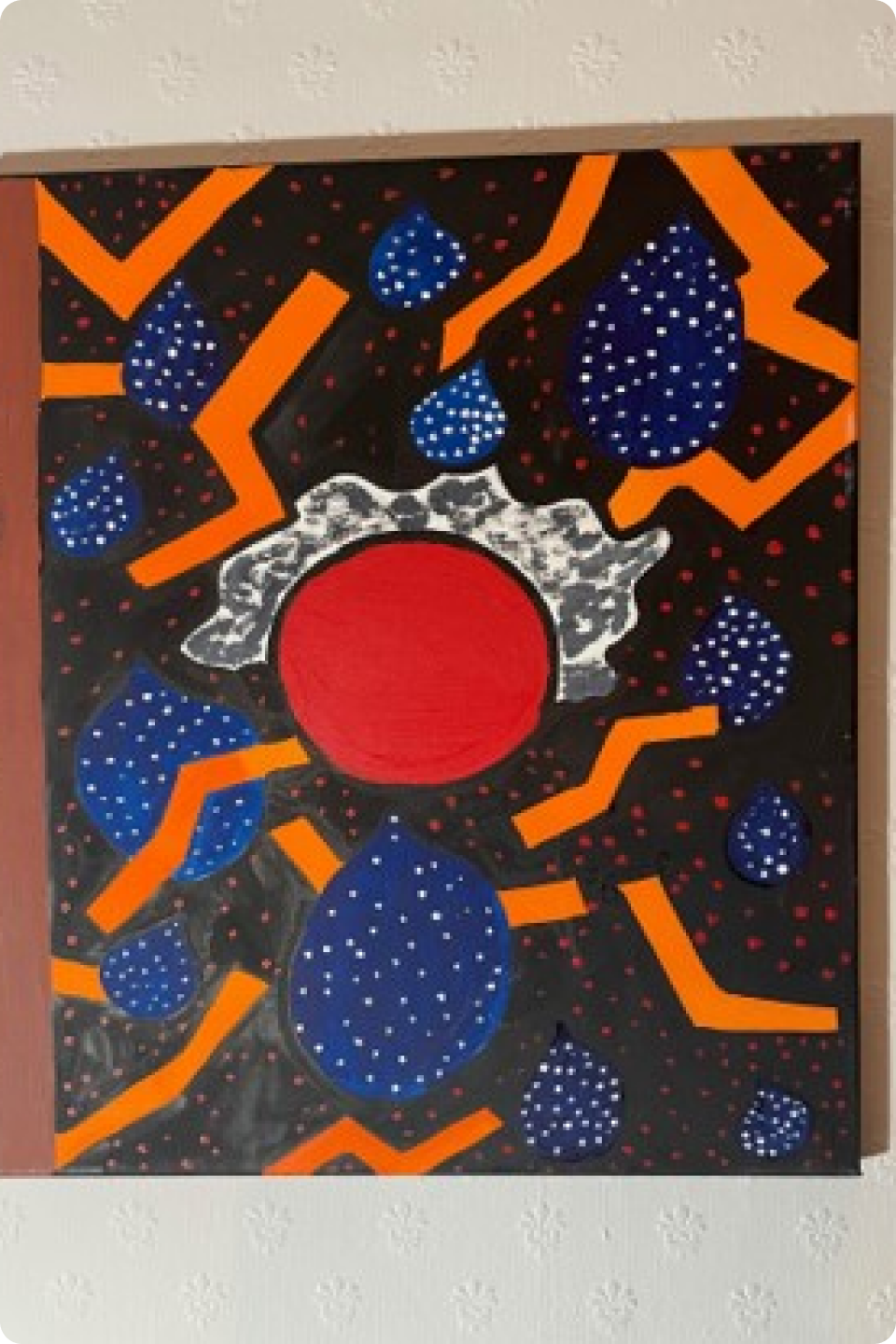All Articles
3 min read
My Journey with Antiphospholipid Syndrome
Written by
Tracy
Published on
September 3, 2024

For some, receiving a diagnosis can be a daunting experience. But for me, For some, receiving a diagnosis can be a daunting experience. But for me, finding answers after years of uncertainty and finally getting a name for the strange symptoms I’d been living with for 17 years was a relief. After countless hospital admissions, appointments, and tests, I was diagnosed with Antiphospholipid Syndrome (APS), a rare condition in which the immune system mistakenly creates antibodies that attack tissues in the body, leading to blood clots in arteries and veins. This can result in severe health issues, including heart attacks, strokes, and complications during pregnancy, as well as chronic symptoms like joint pain, fatigue, and memory problems.
finally getting a name for the strange symptoms I’d been living with for 17 years was a relief. After countless hospital admissions, appointments, and tests, I was diagnosed with Antiphospholipid Syndrome (APS), a rare condition in which the immune system mistakenly creates antibodies that attack tissues in the body, leading to blood clots in arteries and veins. This can result in severe health issues, including heart attacks, strokes, and complications during pregnancy, as well as chronic symptoms like joint pain, fatigue, and memory problems.
By the time I received my diagnosis, the damage to my body was significant. I had lost a kidney, endured a bowel resection, and suffered from various artery occlusions that caused chronic pain and other complications. But having a diagnosis meant I finally had something tangible to work with. I became determined to raise awareness of APS and invisible disabilities, hoping to make the journey easier for others facing similar challenges.

Turning to Art as Therapy
After my diagnosis, I was given a leaflet explaining APS. Overwhelmed by my emotions, I felt an unexpected urge to paint my condition. Though I had no formal art training, I bought a canvas and paints and began creating images that represented each of my symptoms. This creative process helped me come to terms with my diagnosis and, surprisingly, provided a distraction from my pain. In a way, I had discovered my own form of art therapy.
Art became a tool for processing my thoughts and feelings, offering me solace and a break from the physical discomfort that often consumed me. This newfound passion for art not only helped me cope but also became a significant part of my advocacy work.

Becoming a Patient Advocate and Educator
My advocacy journey began with a paper I co-wrote with my consultant, detailing my 17-year journey to diagnosis. The paper was published in the British Medical Journal, marking the start of my work as a patient advocate. I was invited to join the Musculoskeletal Expert Patient Group at Kings College London, where I became a Patient Educator. In this role, I taught medical students on topics such as cultural competence, art and pain, and clinical skills, sharing my personal experiences to enrich their understanding.
Twelve years after my diagnosis, I was invited to paint my condition again as part of the KCL Expert Patient Group. This time, I approached the task differently, I no longer saw just a list of symptoms. Instead, I saw myself and the person I had become. Inspired by the Japanese art of ‘Kintsugi’, which teaches that our broken places make us stronger, I created a piece called Indisposed Treasure. This artwork symbolised my acceptance of my illness and the strength I had gained from embracing my imperfections.
Embracing Imperfection and Moving Forward
Living with a chronic illness like APS has taught me to embrace my flaws and value the person I’ve become. When faced with the choice to sink or swim, I chose to take control of my future and how I handled my condition. Though I cannot change what has happened, I can choose to make the best of my circumstances and use my experiences to help others.
My illness has made me imperfectly perfect, and I now see my golden cracks as marks of resilience and strength. Every day, I am reminded of how fortunate I am to be here, and I am committed to using my journey to educate and inspire others. Through my advocacy and art, I hope to make a positive impact on the lives of those facing similar challenges.
For more information on Antiphospholipid Syndrome please click visit the NHS website
Related Articles
From Frustration to Award-Winning Silversmith
Living with MS: My Journey and Advice for Others
From Guide Dogs to Tech: Empowering the Disabled
